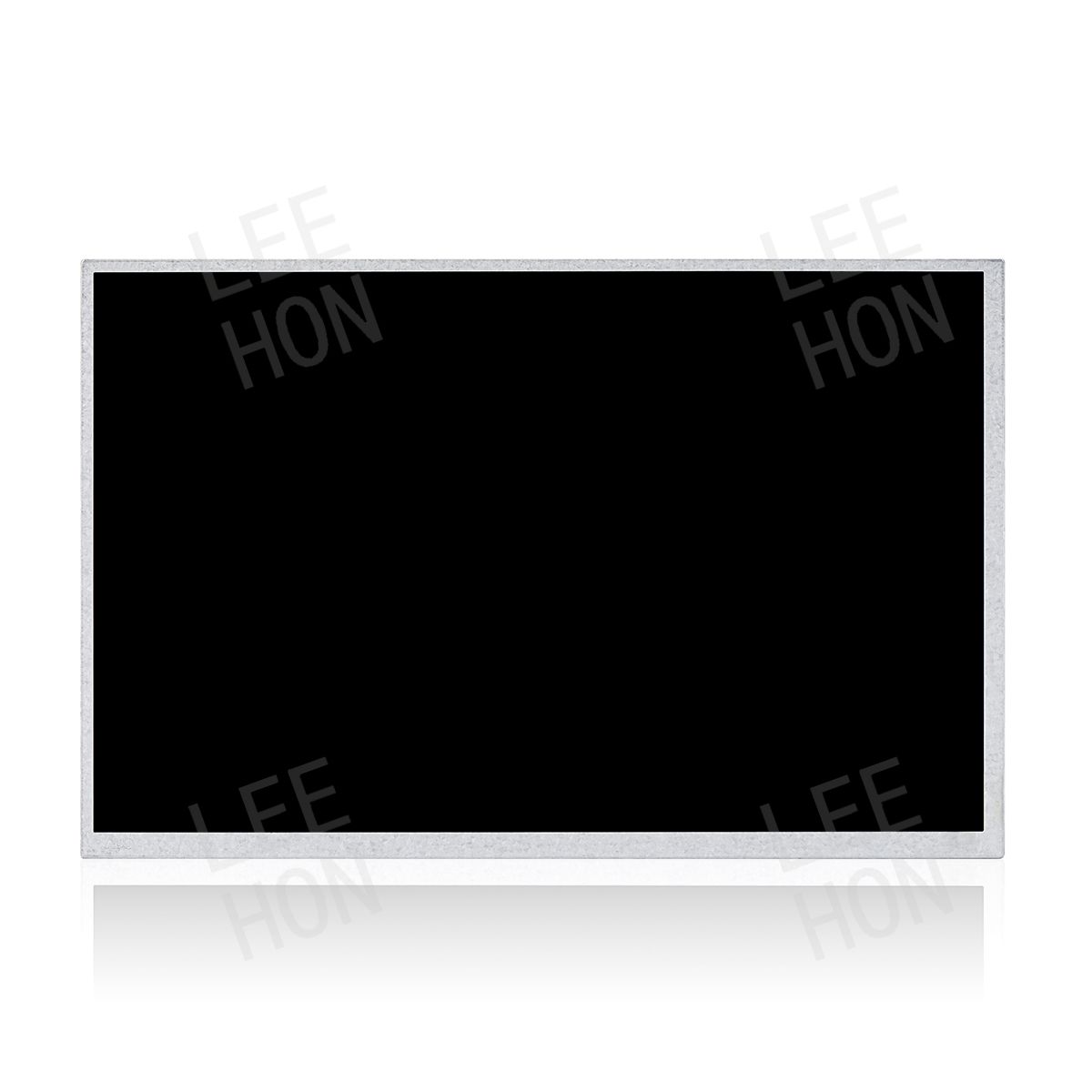Comprehensive Procurement Framework for Medical-Grade Industrial LCD Displays
News 2025-04-03
Selecting and integrating industrial LCD displays into medical equipment represents one of the most technically demanding procurement challenges in the healthcare technology sector. What makes this process uniquely complex isn’t just the need for exceptional display performance, but rather the intersection of:
- Stringent regulatory requirements
- Extreme operational environments
- Life-critical applications demanding absolute reliability
Let’s examine why each consideration matters at a fundamental level.
Brightness: Beyond Consumer Standards
Medical displays differ from consumer-grade screens in ways that go far beyond simple durability. Take brightness requirements, for instance:
- Consumer tablet: 300 nits (adequate)
- Surgical display: 1,000+ nits (clinical necessity)
The physics of operating room lighting creates intense ambient illumination that would render standard displays unreadable, potentially compromising surgical precision. This explains why leading manufacturers now incorporate advanced backlight technologies like:
- Dual-layer LED arrays
- Optical diffusers maintaining brightness uniformity at peak output
Viewing Angles: A Teamwork Imperative
The emphasis on wide viewing angles (typically 178°/178°) stems from critical teamwork dynamics in medical settings. During complex procedures:
- Multiple clinicians (surgeons, anesthesiologists, nurses) require simultaneous, undistorted views
- IPS (In-Plane Switching) panels outperform TN (Twisted Nematic) alternatives
Why IPS?
- Molecular alignment preserves color/contrast at extreme angles
- TN technology physically cannot achieve this due to its liquid crystal structure
DICOM GSDF Compliance: Matching Human Perception
DICOM GSDF compliance shows how medical displays differ fundamentally from commercial products:
- Human vision perceives brightness logarithmically (not linearly)
- DICOM’s Grayscale Standard Display Function corrects this via:
- Sophisticated gamma curves
- 16-bit internal processing (even for 8-bit/10-bit images)
- Hardware lookup tables (LUTs) stable across the display’s lifetime
Cleanability: Surface Engineering Innovations
Traditional anti-glare coatings failed under hospital-grade disinfectants. Solutions include:
- Nano-ceramic coatings: Resist chemical attack while maintaining clarity
- Laser-etched textures: Provide diffuse reflection without vulnerable film layers
Electrical Safety: Component-Level Design
Standards like IEC 60601-1 dictate design choices unseen in consumer devices:
- Two means of patient protection (MOOP/MOPP) required
- Capacitive touchsensors must include:
- Reinforced insulation barriers
- Current-limiting circuits
- Specialized controllers replace off-the-shelf components
Long-Term Availability: Lifecycle Commitment
Medical devices often remain in service for 7–10 years (vs. 18-month smartphone lifecycles). Display manufacturers:
- Maintain frozen production processes
- Stockpile obsolete components
- Keep semiconductor fabrication lines operational exclusively for medical clients
Emerging Innovations
- Self-healing materials:
- Polymers repair scratches autonomously using operational heat
- Maintains optical clarity and infection control integrity
- Embedded colorimeters:
- Enable automatic recalibration
- Ensure diagnostic accuracy as components age
Why Specifications Matter
When procurement demands:
- 99% Adobe RGB coverage
- IP65 sealing
These are not abstract “nice-to-haves” but clinical necessities impacting:
- Diagnostic accuracy
- Regulatory compliance
- Device longevity
Holistic Design Philosophy
Leading manufacturers employ multidisciplinary teams including:
- Electrical engineers
- Optical physicists
- Human factors specialists
- Regulatory experts
Every specification carries weight—whether enabling:
- Radiologists to detect subtle pathologies years later
- Surgeons to view critical data from awkward angles
In medical displays, design decisions solve real clinical problems with life-or-death consequences.
